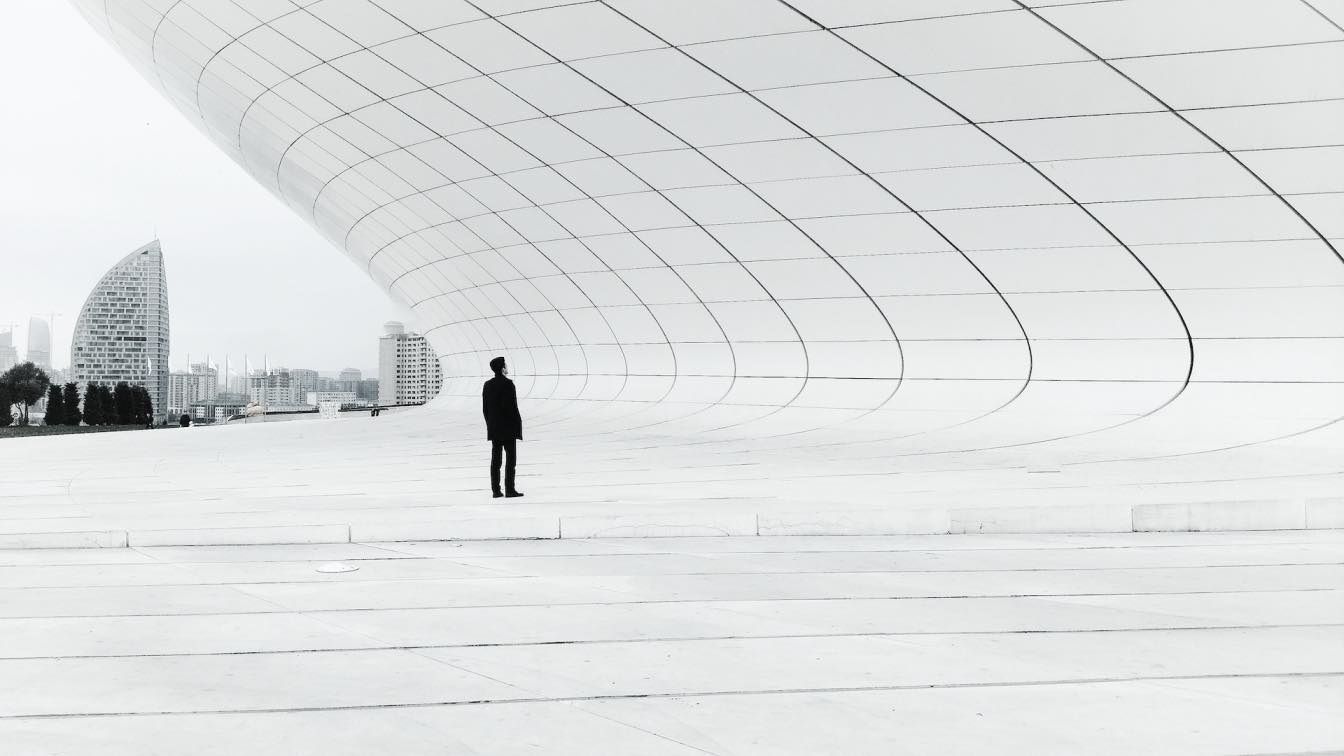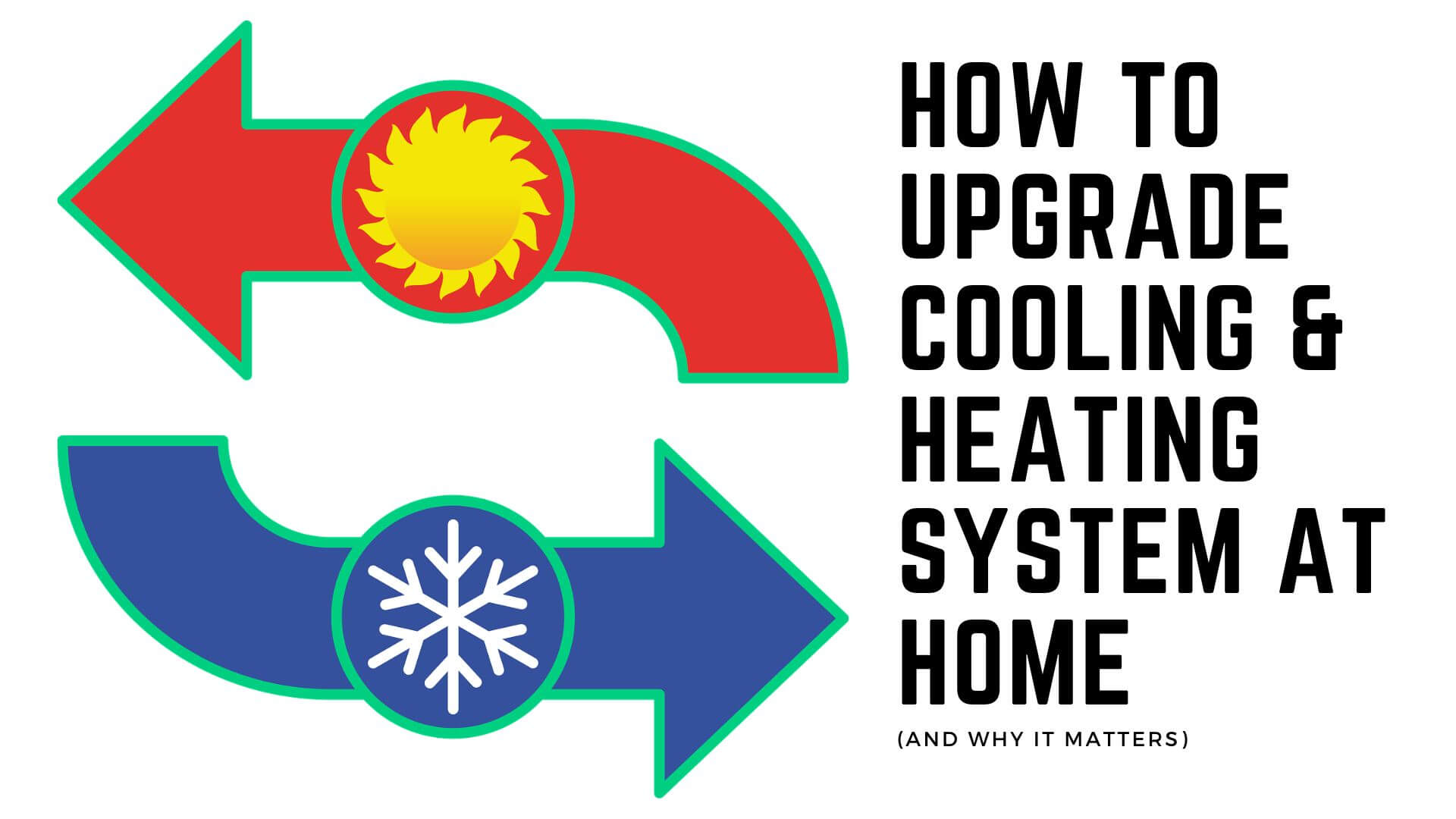The evolution of architectural design isn't just a matter of aesthetic shifts or changing cultural preferences. Modern architecture often incorporates features and functionalities that make transitions, particularly for those relocating from one residence to another, smoother than ever. As people move, be it for jobs, lifestyle changes, or other reasons, the ease with which they can adapt to a new home becomes increasingly critical. The integration of relocation-friendly features in contemporary homes showcases the synergy between architectural innovation and the realities of modern life.
Adaptability in Modern Home Designs
Partnering with reliable services like Safebound Long distance moving company in Florida can make these transitions even more seamless. One of the hallmarks of modern architectural design is its emphasis on flexibility. Unlike the fixed layouts of many traditional homes, contemporary designs often prioritize spaces that can be easily modified or repurposed.
Open floor plans: These encourage fluidity and make it easier for residents to customize their living spaces to suit their individual needs.
Modular designs: Some modern homes incorporate modular elements, which can be rearranged, expanded, or reduced as required.
Multi-purpose spaces: Rooms designed for multiple uses, such as a home office that can also serve as a guest room, add versatility.
These adaptable designs cater to the varied needs of homeowners, ensuring that a new home can quickly feel familiar and functional, even shortly after a move.
Key Architectural Features That Aid Relocation
Relocating can be a daunting process, especially when thinking about how one's belongings will fit and function in a new space. However, certain architectural features common in modern homes make this process less intimidating:
1. Abundant Storage: Today's homes often feature clever storage solutions, from under-stair cubbies to built-in wall units, ensuring belongings have a designated place.
2. Natural Light: Large windows or skylights not only provide aesthetic appeal but also reduce the need for excessive lighting fixtures, making packing and unpacking simpler.
3. Integrated Technology: Pre-wired homes with integrated smart systems mean fewer cables and tech components to move.
4 .Efficient Layouts: Modern homes often prioritize flow and efficiency, ensuring easy movement through spaces, which is invaluable during the unpacking process.
Recent studies from The American Institute of Architects have highlighted the growing demand for such features in home designs, noting their appeal to homeowners seeking both form and function.
The Role of Location in Modern Architecture
Location plays an undeniable role in architectural design. For instance, a home in a bustling city might prioritize soundproofing and space-efficiency, while a coastal residence could emphasize panoramic views and outdoor living areas. Recognizing these location-specific needs and ensuring a design aligns with them can significantly ease the relocation process. A comprehensive guide from The National Trust for Historic Preservation elaborates on how modern architectural practices respect and reflect regional identities and needs.
Architecture Meets Moving: A Symbiotic Relationship
As architectural trends evolve, understanding how they cater to the dynamics of relocation becomes increasingly important. By ensuring that modern home designs prioritize ease of transition, the architectural community is acknowledging and addressing one of the many challenges of 21st-century life. As homeowners consider future relocations, both the design of their next home and the moving company they choose will be pivotal in ensuring a smooth transition.
Seamless Relocation Through Thoughtful Design
Modern architecture's primary tenet revolves around creating spaces that accommodate the fluidity of life. As urbanization intensifies and the need for space optimization becomes paramount, the design solutions employed by architects today reflect a deeper understanding of the urban dweller's needs. This adaptability isn't merely about aesthetic pleasure; it also considers the transient nature of the modern individual. Frequent relocations, whether for professional or personal reasons, demand residences that can accommodate a swift transition without the hassle. The brilliance of modern architectural thought lies in its anticipatory design, envisioning the needs of a generation constantly on the move and providing solutions before the need arises.
Incorporating Sustainability in Relocation
Another fascinating dimension to this narrative is the incorporation of sustainability in both architecture and relocation processes. As the world grapples with environmental challenges, architects are increasingly designing homes that reduce carbon footprints. Similarly, long-distance moving companies are adopting practices that limit environmental impact, from using recycled packaging materials to optimizing transport routes for fuel efficiency. When architectural design and moving services both prioritize eco-friendliness, the result is a relocation experience that's not just seamless but also conscientious and future-facing.
New Horizons in Design
The intersection of architecture and relocation is an exciting realm of exploration. As designs become even more tailored to the unique challenges of modern life, we can expect homes that aren't just beautiful and functional but also relocation-friendly. The journey of moving, with all its associated memories and milestones, becomes not just about the destination but also about how seamlessly one can transition into a new chapter of life.





